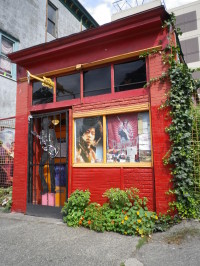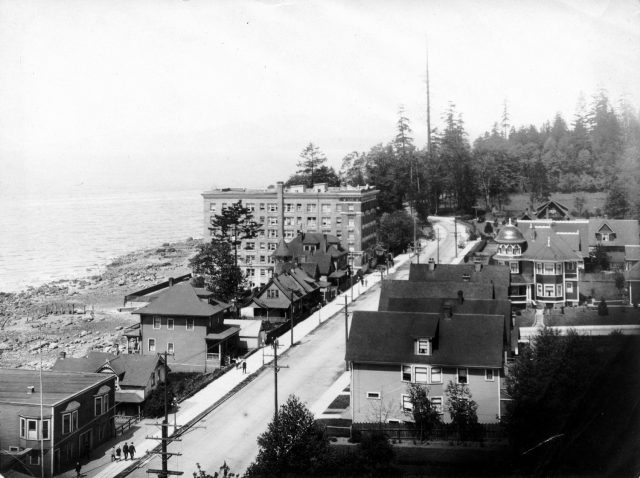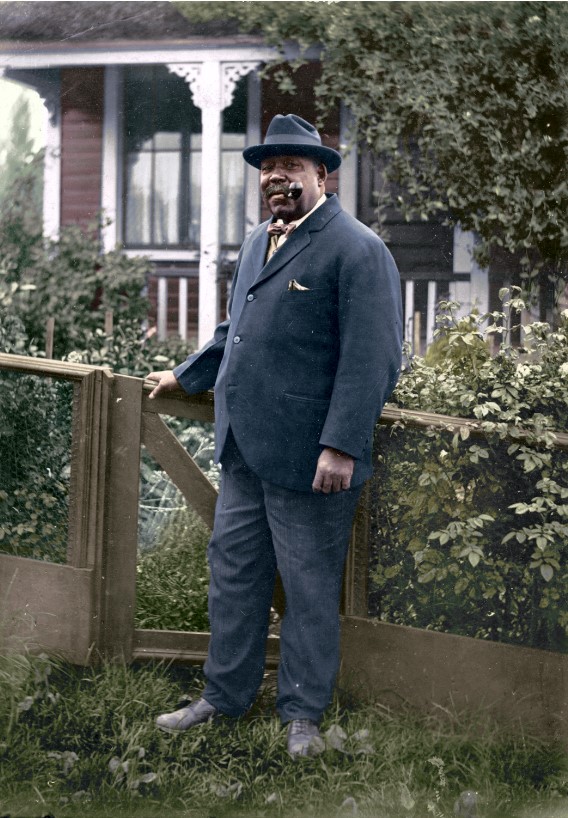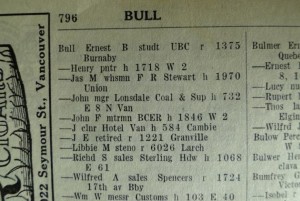Last year, Constable Graham Walker of the Metro Vancouver Transit Police was asked to research the history for their 10-year anniversary. Graham promptly fell down the rabbit hole and his journey has taken him to UBC Special Collections, City of Vancouver Archives, BC Hydro Archives, and the Vancouver Police Museum. Graham’s first surprise was that the history of transit police goes back far longer than 2005 when a recommendation by the BC Association of Chiefs of Police led to the creation of the Transit Police. In fact, the earliest record showing the appointment of a special constable for the BC Electric Railway dates back to 1904.
But Graham wasn’t calling me with a history of transit, he had uncovered a 100-year-old murder mystery in war-time Vancouver.
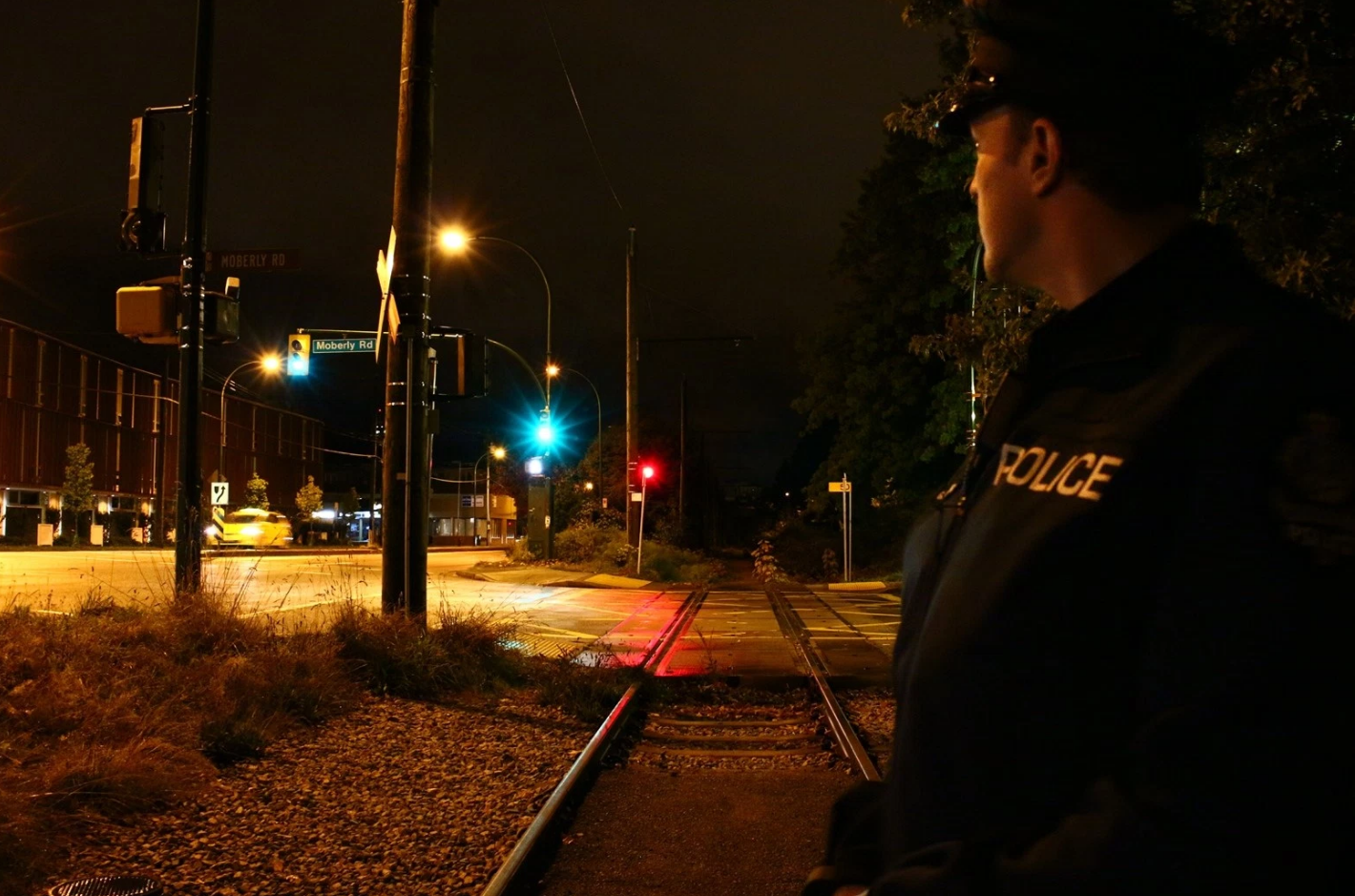
On March 19, 1915, Charles Painter, 34, was working the night shift for BCER. The special constable was patrolling the railway tracks at 6th and Willow when he saw a man carrying a bag of what he thought was wire stolen from the overhead trolley wire. He struggled with the thief, who managed to get his gun and Painter was shot in the stomach with his own weapon.
“Everything comes full circle,” says Graham who is also 34. “I’ve worked overtime shifts myself where we were going up and down Fraser Street looking for trolley wire thieves.”
Nowadays, transit police work foot patrol in pairs for protection, but in 1915 Charles was alone, and wandered for about an hour before he found help. He was able to give a statement to police, but later died from blood poisoning.
Painter was unmarried and lived at 1543 West 3rd Street. There’s not much known about him—Graham found out that he was born in 1881 in Ireland, and had served in the British Army before coming to Canada in 1908.
“They didn’t have any suspects at first, but a few years later there was an article in the Province saying this man Frank Van der Heiden was being tried in Seattle for murdering two people and was of interest in the murder of Charles Painter,” says Graham. According to the article, Van der Heiden, who had been in Vancouver at the time of Painter’s murder, told a soldier he was locked up with that he was responsible for the constable’s death. Van der Heiden was caught with a large sum of cash, and according to the article, the money was believed to have been provided by the German government for the purpose of persuading soldiers to desert.
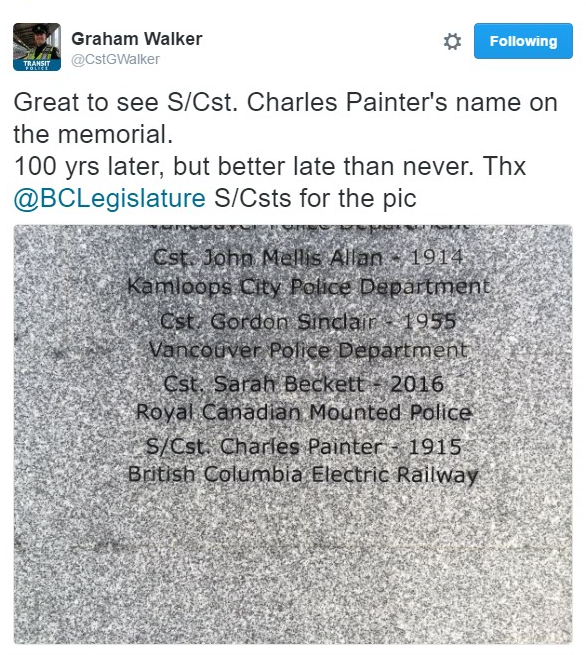 Painter’s murder is still officially unsolved, and his death went unrecognized until Graham and his research. Now his name has been added to the Honour Roll of the British Columbia Law Enforcement Memorial in Victoria, and Graham is presently trying to secure the funds to have a headstone placed on his unmarked grave at Mountain View Cemetery.
Painter’s murder is still officially unsolved, and his death went unrecognized until Graham and his research. Now his name has been added to the Honour Roll of the British Columbia Law Enforcement Memorial in Victoria, and Graham is presently trying to secure the funds to have a headstone placed on his unmarked grave at Mountain View Cemetery.
“Something we struggle with at our work place is lack of history and culture and you look at Victoria and New Westminster and they have this proud heritage,” says Graham. “So to have this now is important.”
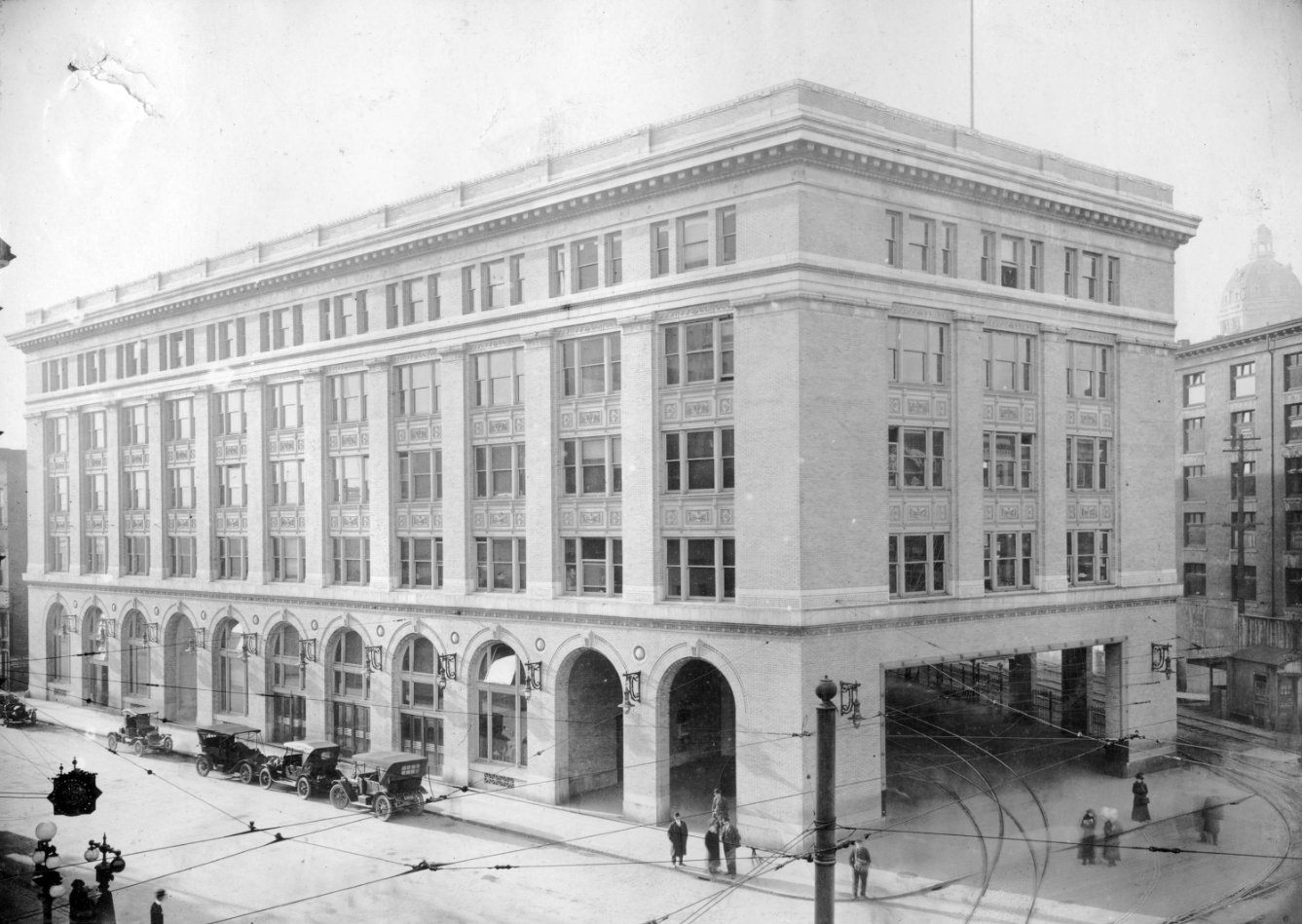
© All rights reserved. Unless otherwise indicated, all blog content copyright Eve Lazarus.



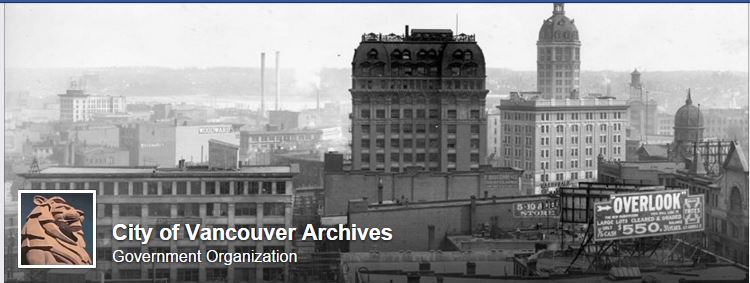
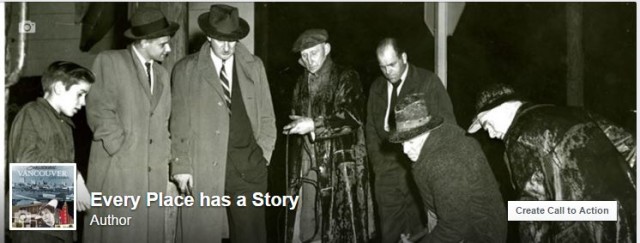 2.
2. 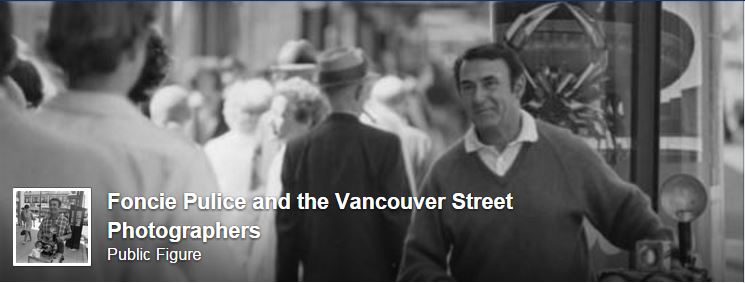 3.
3. 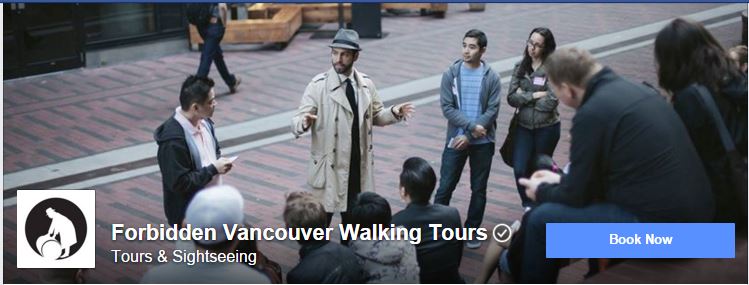 4.
4. 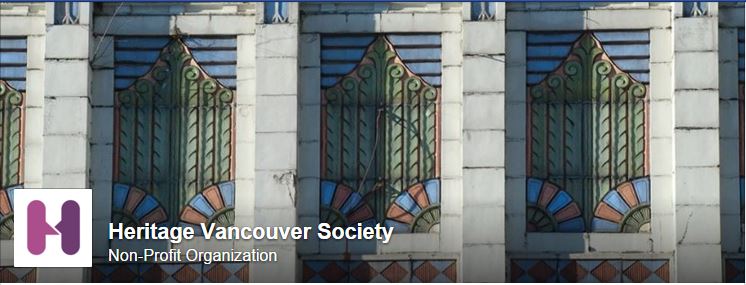 5.
5. 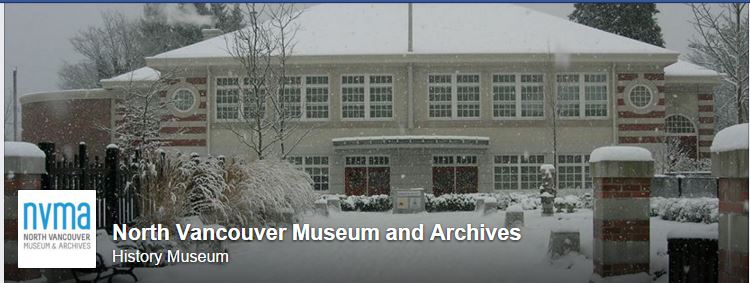 6.
6. 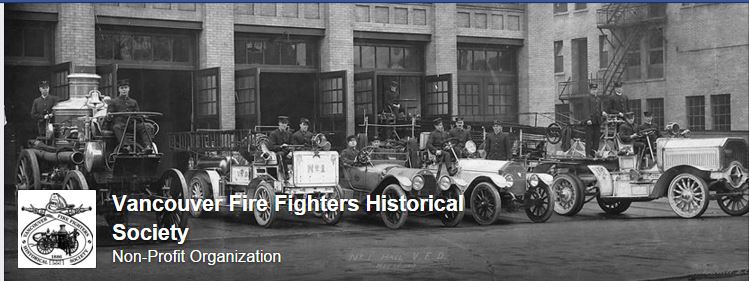 7.
7.  8.
8. 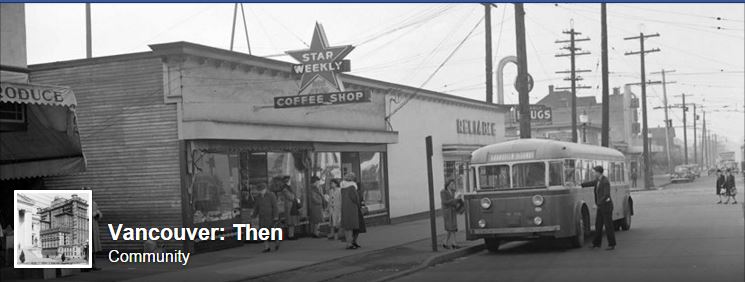 9.
9. 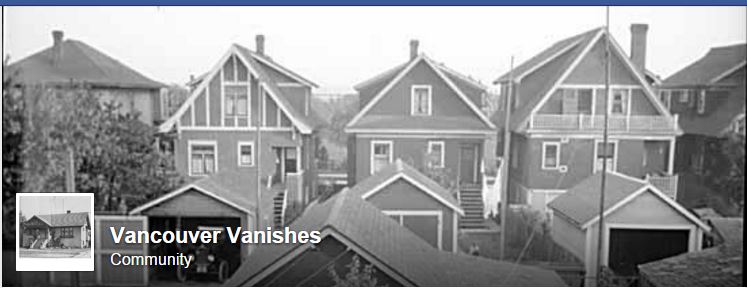 10.
10. 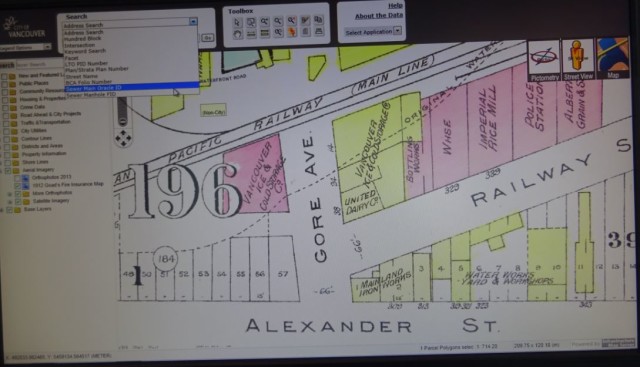
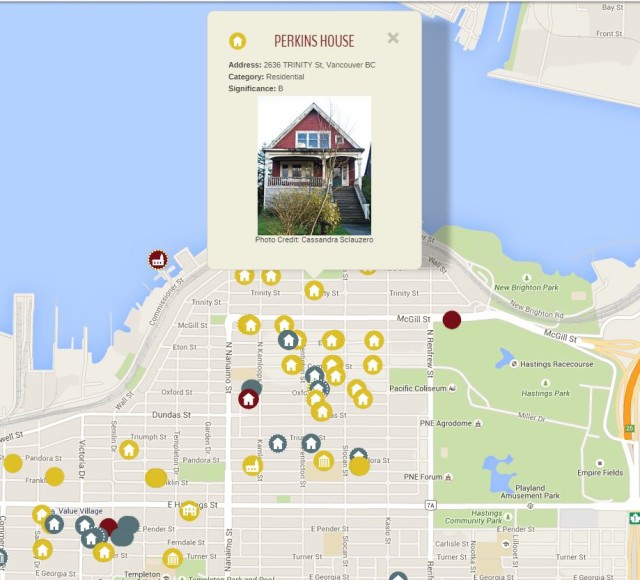
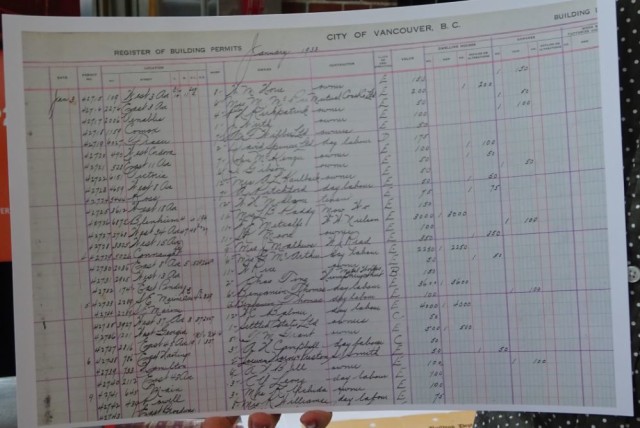

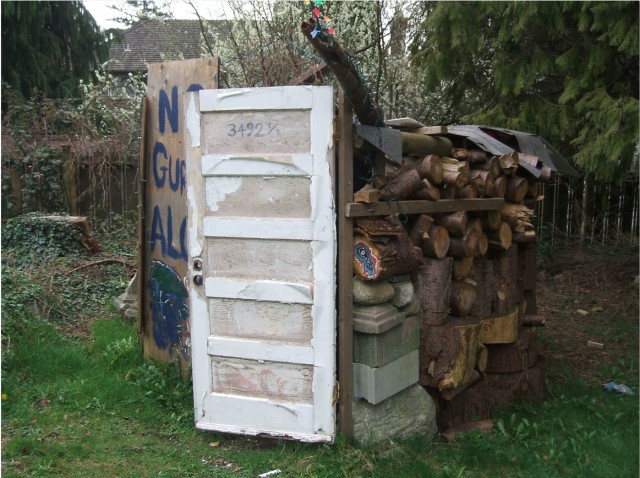
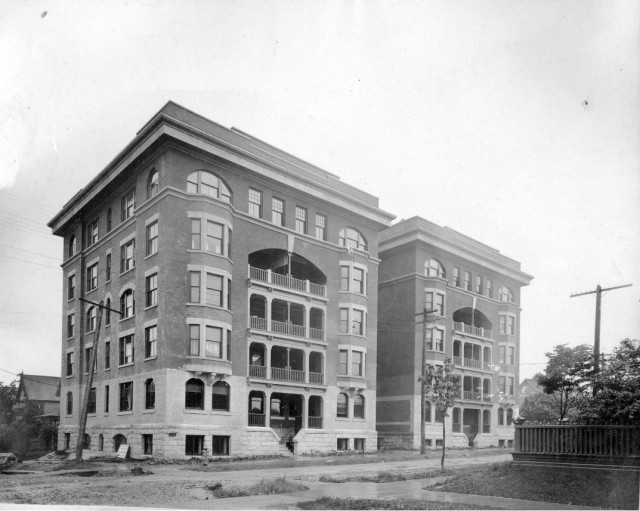
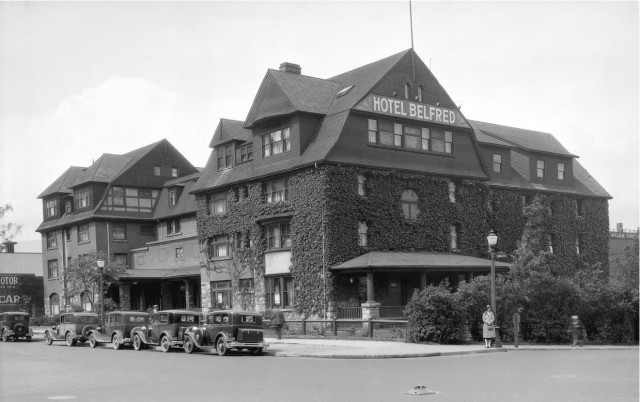
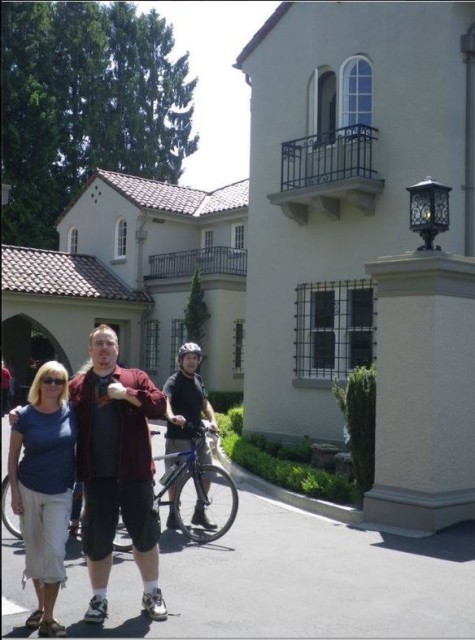
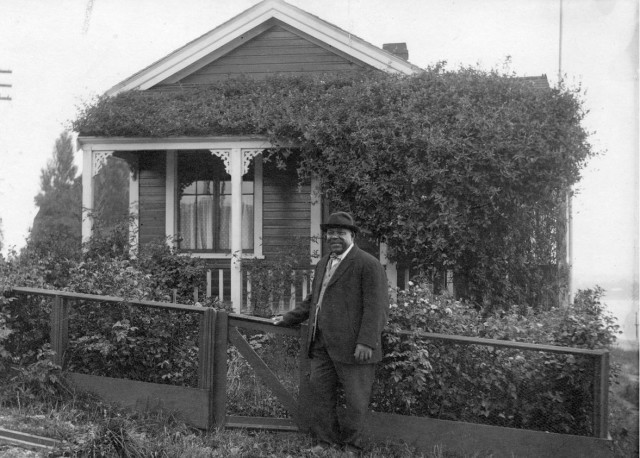
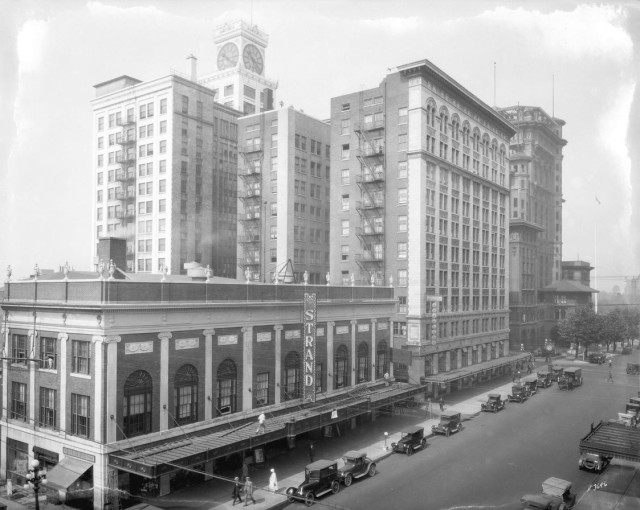

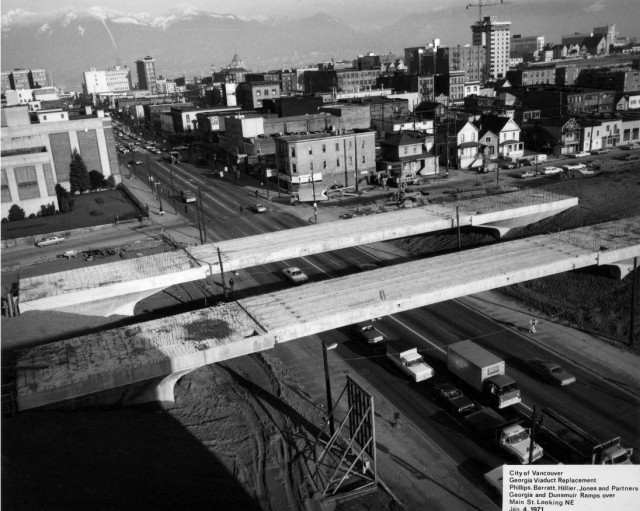
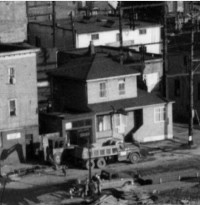 Vancouver Archives
Vancouver Archives